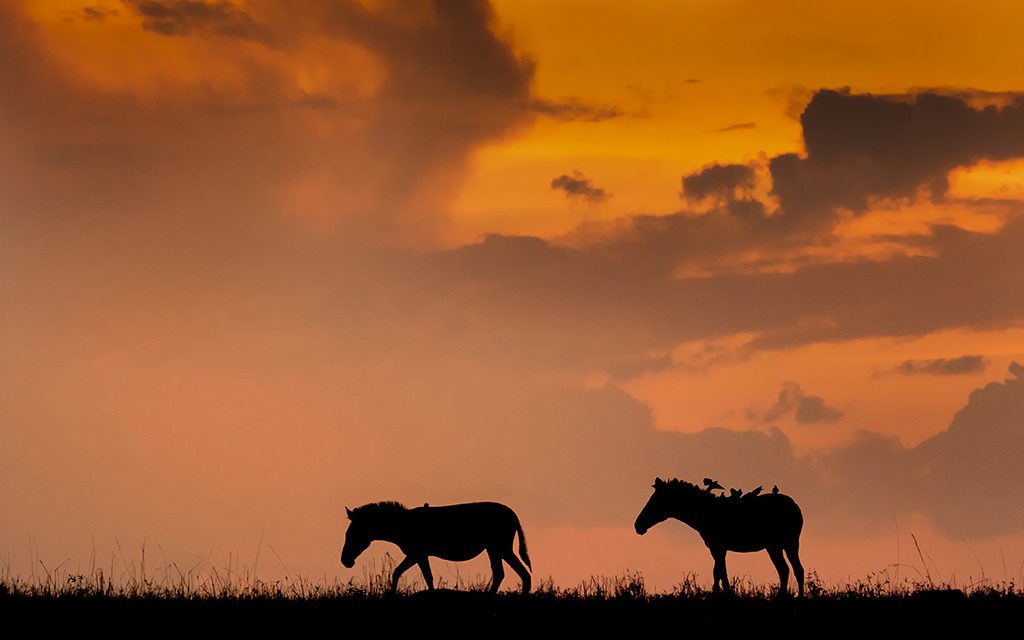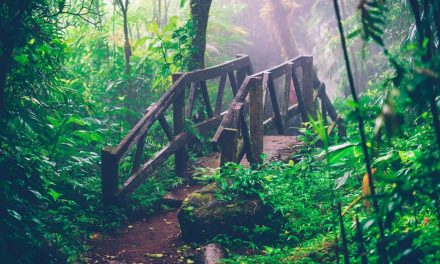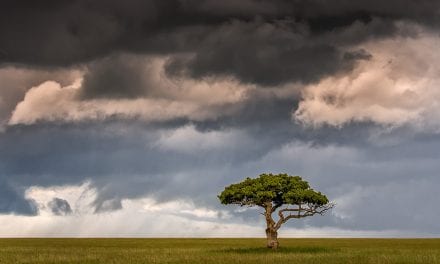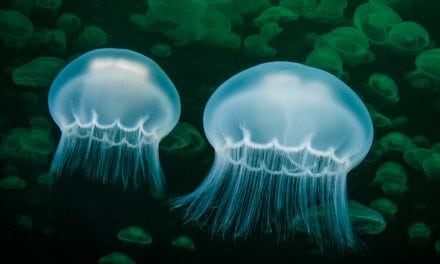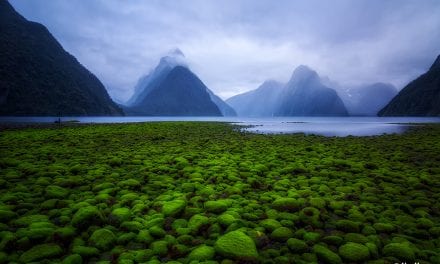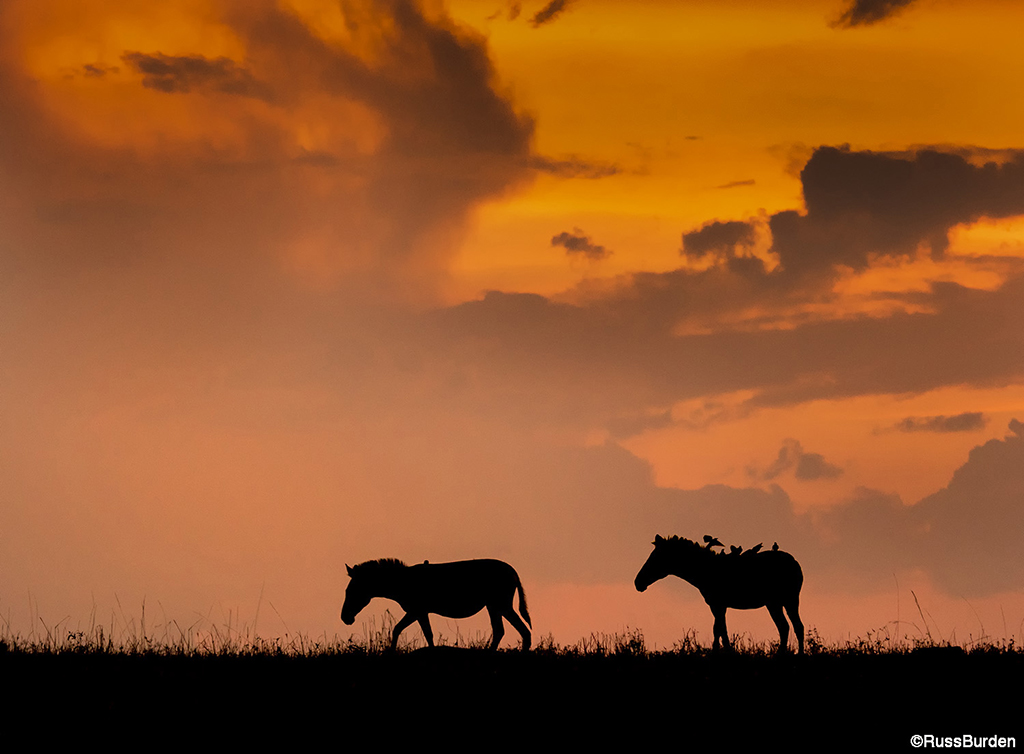
When the light is low, many photographers head back to their vehicles and call it a night. At dawn, many photographers wait for the first hint of the sun’s illumination to press the shutter. I share with you some tricks and insight on how to extend your productive photographic hours. Learn to make images at dawn, dusk and during the night with these low-light photography tips.
My business tagline is, “It’s All About The Light.” For me, light is the key ingredient that makes or breaks an image. If the light is awful, even the most iconic mountain range or sea stack looks flat. A photo of a regal lion posed against an ugly gray sky won’t bring oohs and aahs from the crowd. I’d rather photograph a mundane subject in amazing light than a great subject in flat light. A spectacular sunrise or sunset over a prairie will make viewers look twice at that image. Replace the regal lion with a common jackal perched on that same rock, bathed in first light with a clean sky behind it, and it will create a successful photograph.
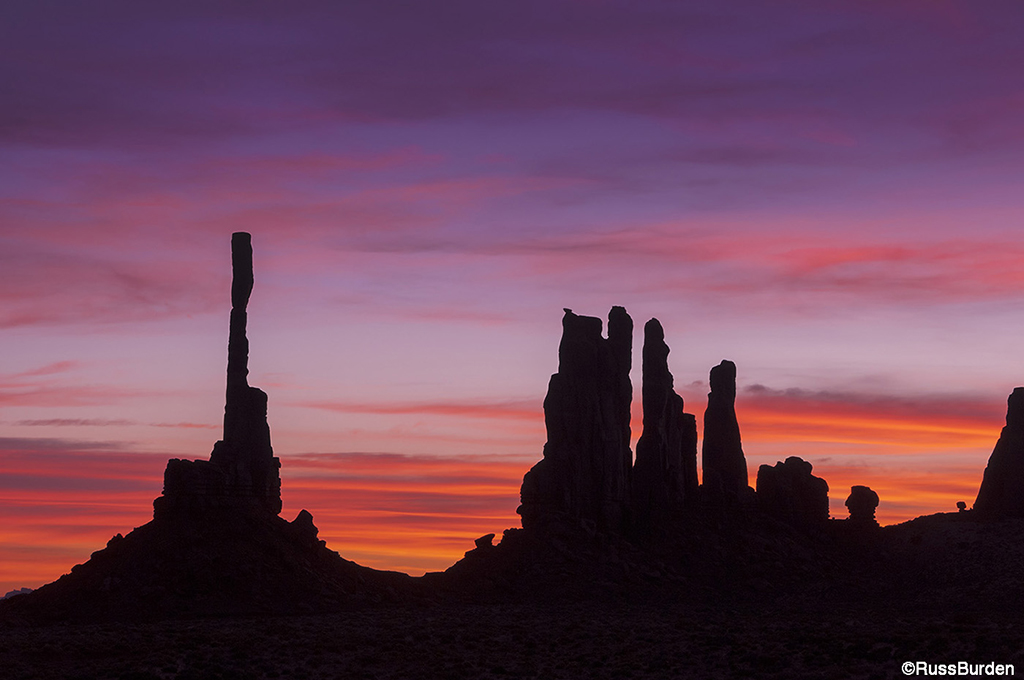
Dawn And Dusk Low-Light Photography
I absolutely love to shoot at “the edge of the day.” Before the sun rises and after it sets, if the conditions are right, a pink earth shadow on the opposite horizon of the setting or rising sun occurs. Clouds can form electric color or an alpenglow can set the sky ablaze. This is when I look for silhouettes with interesting shapes or forms.
With regards to exposure, meter off the sky, especially if there are some bright yellows or oranges. In checking the histogram, be sure you activate the RGB and Luminosity histograms. Base the exposure off your Red channel for two reasons: a) warm tones are the most sensitive to record; b) if they’re blown out, they’ll be void of detail. Continue to quickly make more images as the magic doesn’t last long.
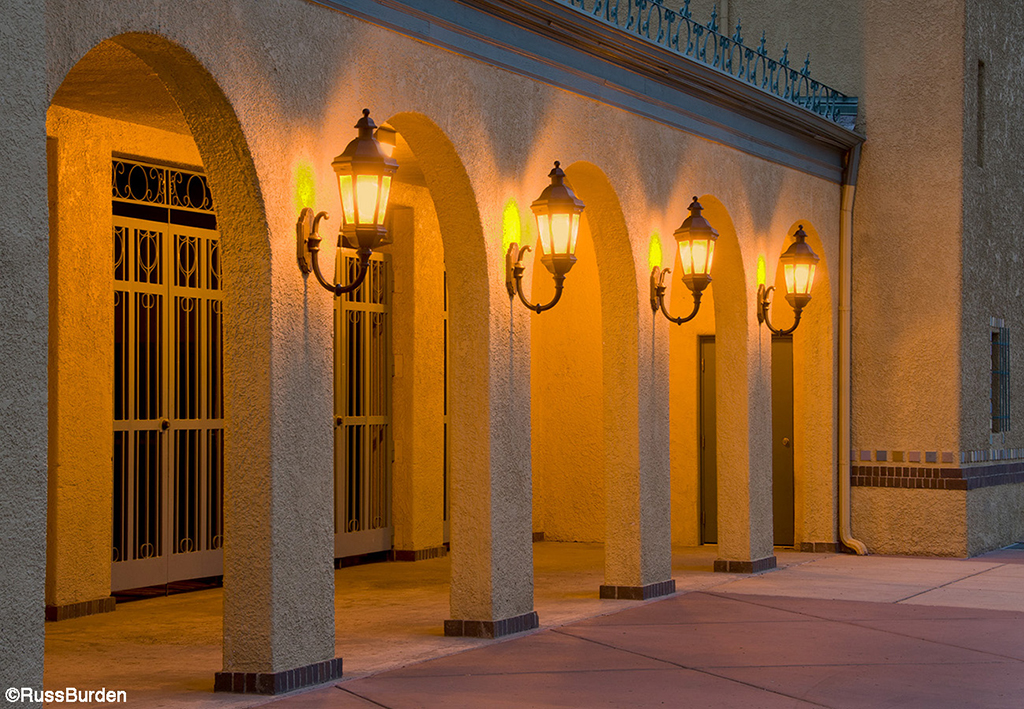
Night Photography
Night photography involves a lot of artificial light. Whether it’s generated by a cityscape, head and tail lights, flood lamps, etc., interesting effects can be produced. Zoom the lens during a multi-second exposure to add drama and creativity. Deliberately move the camera during the exposure to apply painterly qualities. Try a few multiple exposures to impart interesting effects. Many techniques can be applied to make your images stand out from what would otherwise be deemed as a record shot.
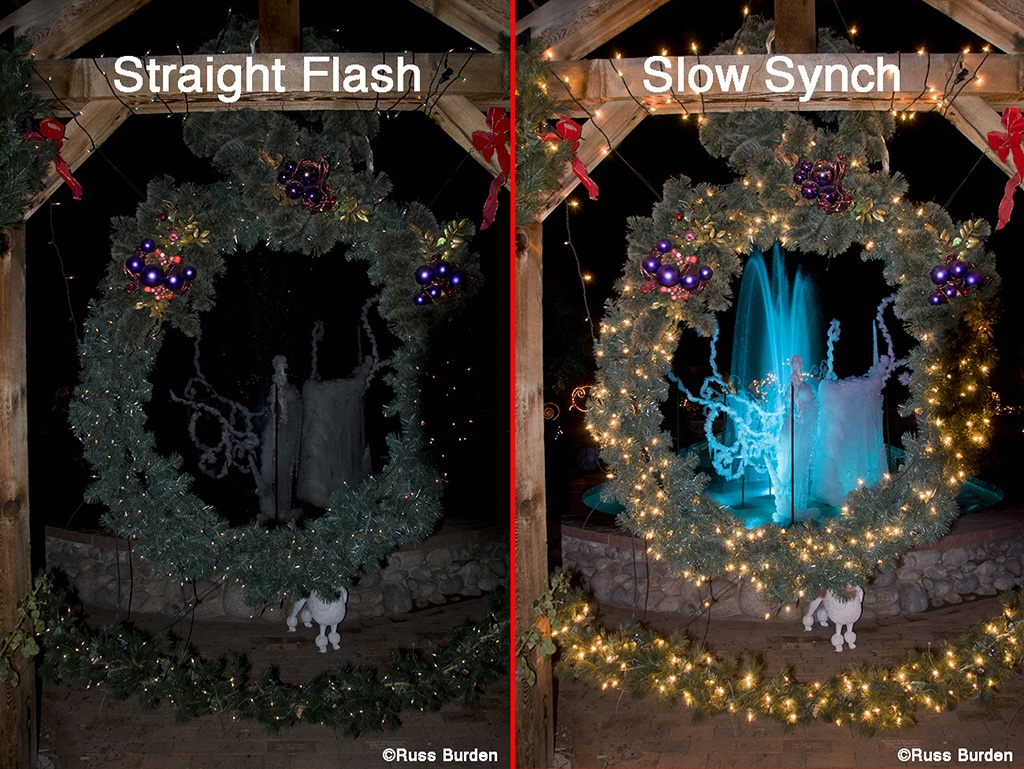
Flash For Low-Light Photography
Flash is a versatile tool and it “shines” in the dark. If it has the capability, set it to the stroboscopic effect and focus on something that moves. Use slow shutter synch to allow ambient light in the background to build up on the sensor. This prevents the black dark void that’s so often associated with the use of a flash. If a small item is the main subject, use the flash as a backlight. Let your creative juices flow to see what you may conjure.
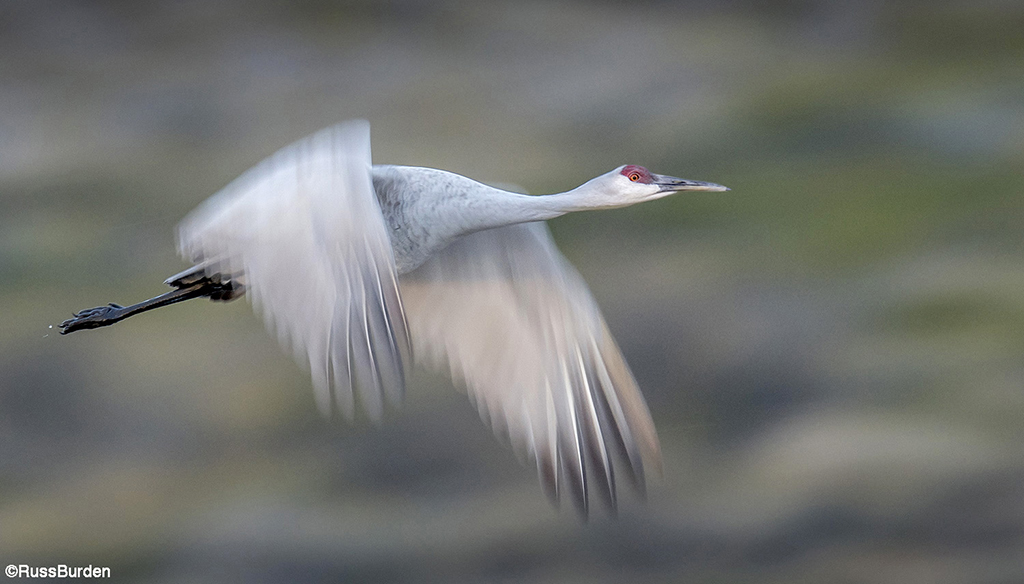
Don’t Fight It
When light levels drop, if you can’t freeze the action, make it work for you. Pan the camera with the subject to emphasize the movement. Use a shutter speed that allows the background to streak while you track the camera at the speed of the subject. The goal is to record the subject that reveals some sharp parts while the background becomes a blur caused by the movement of the camera. Look at the image on the LCD. If the effect isn’t what you want, raise the ISO to get a faster shutter speed or use an even slower shutter speed to create an other-worldly image.
Stability
Low-light photography means long shutter speeds, which necessitates you support your camera to get sharp images. Tripods, window mounts, bean bags or other means of stabilizing the camera and lens during the exposure is necessary.
To learn more about this subject, join me on a photo safari to Tanzania. Visit www.russburdenphotography.com to get more information.
The post Low-Light Photography appeared first on Outdoor Photographer.

